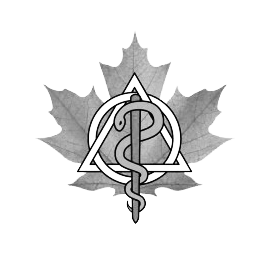TMJ stands for temporomandibular joint. These joints are located in front of the ear and are formed by the temporal bone of the skull and the mandibular condyles.
It is the most complex joint in the body, with both rotation and sliding movements. There is a cartilage disc between the bones to protect them from wear and tear and which allows the joint to move smoothly. We use this joint to chew, swallow talk, and yawn.
Any malfunction of the joint affects the complex system of joints, muscles, bones, and nerves that operate this joint. This is called TMD, or temporomandibular dysfunction.
Causes of TMJ Dysfunction

TMJ Symptoms
Unfortunately the majority of TMD sufferers are not diagnosed and therefore not treated properly. Symptoms include:
If you have any of these symptoms, please feel free to contact our office for a consultation.
What Is Orofacial Pain?
Orofacial pain is any pain that occurs in the head, neck, and face area. This pain may be shooting, stabbing, or throbbing, and may be continuous or intermittent.
This type of pain needs the care and attention of a doctor who has experience and training in diagnosis and treatment of the disorders that cause these pains. Doctor Cope has this training and experience and works with various other specialists to provide optimum care to her patients.
Remember, TMD and orofacial pain are often under-diagnosed or misdiagnosed!
Headaches
Primary headaches include migraine, cluster and tension type headaches. These consist of a constellation of clinical symptoms that are not a result of another disorder.
Secondary headaches are caused by an underlying medical condition, such as sinus disease, stroke, or tumor. A thorough evaluation by a medical professional will investigate the causes of your headache.
Numbness, paralysis, disorientation, inability to talk, or double vision demand immediate medical evaluation. Experiencing a first, worst, more intense or different kind of headache also is cause for concern.
Headaches may be caused by TMD. If there is an imbalance in the relationship between the upper and lower jaws, the muscles of the jaw are in a strained position. As muscle fatigue and soreness increases, the muscles of the neck, shoulder, and back are recruited and also become strained. These muscles can be strained further by habits such as clenching and grinding, which you may not even be aware of.







